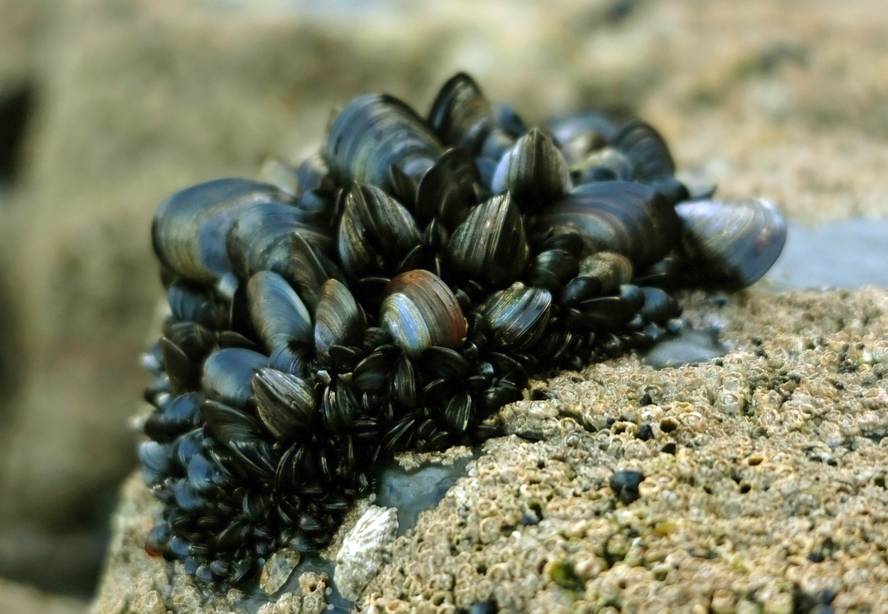Synthetic mussel tail available in medicine
Imitating the adhesive used by mussels to adhere to rocks, researchers at the University of Illinois have created a new adhesive that has shown it can have interesting medical applications.
In fact, the adhesive of the mussels has a great advantage over other adhesives: it works on wet surfaces. That is, water is not an inconvenience to harden the adhesive and fulfill its function. The mussel tail is composed of 15 proteins, all of them very abundant in the amino acid DOPA (dihydroxyphenylalanine), especially in the part in contact with the surface. This is what US researchers have considered and a polymer called polyethylene glycol has been added a synthetic DOPA. Thus they have obtained an adhesive with properties very similar to those of the mussel tail.
This ability to glue wet surfaces can be very useful for medicine, for example, to glue various tissues. Thus, to check if it works in live animals several tests have been carried out in collaboration with veterinarians. It was successfully used to close an incision in a dog's artery and now work with rabbit fetuses. More and more interventions are performed to resolve congenital malformations such as spina bifida, when the fetus is still in the uterus. And there are no suitable adhesives to solve the rupture of the fetal membrane that can occur in these interventions. In rabbits it was used to close the hole of the fetal membrane and, without adhesive, survived 40% of fetuses and with adhesive 60%. These results have been communicated at the annual AAAS conference.






